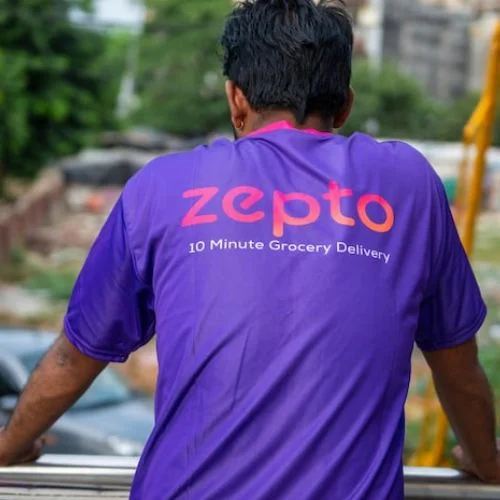According to a research note by Crisil Ratings, the Indian poultry industry’s revenue would increase by 10% this fiscal year as a result of continued demand growth and moderating realizations, even as new capabilities come online and increase volume.
Operating profitability is also anticipated to increase this fiscal year by 70 basis points (bps), along with revenue, as input feed [1] costs drop due to lower soy and maize prices. Even if more debt is expected to be contracted for capacity expansion over the medium term, this will assist enhance credit profiles, according to Crisil.
The business claimed to have examined 45 CRISIL-rated poultry products that generated close to Rs 15,000 crore in sales in the previous fiscal year.
According to the rating agency, grill meat realization is anticipated to decline 6-8% on-year to Rs 114-116 per kg this fiscal, mostly due to increasing supply as new capabilities come online. The operating margins should be supported to over 5.5%, which is 70 basis points higher year over year, as poultry feed prices, which are mostly driven by maize and soy, may decline from the highs witnessed last year.
Companies will be able to cover any additional working capital needs internally as sales and profitability rise. Poultries have increased 8–10% of their capacity (partially via debt financing), but since demand is still strong, this fiscal year will also see a swift ramp-up of the capacity that was added in the latter two quarters of the previous fiscal year, the report stated.
Himank Sharma, Director, CRISIL Ratings, said “Consumption of broiler meat and eggs is seen rising to ~5.2 lakh tonne (up 11-13% on-year) and 150 billion (up 6-8%), respectively. This is led by improvement in rural demand, higher per-capita consumption of meat, and increasing preference for a protein-rich diet. Increased volumes will support sectoral revenue growth despite dampening realizations.”
“We expect aggregate interest coverage ratios to improve to over 6.5 times in the current fiscal as against an average of 5.11 times seen over the last five fiscal. That said, sharp movements in feed prices, bird flu incidences, heat waves, and the extent of rural and semi-urban demand will bear watching,” said the note.















